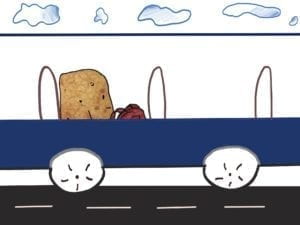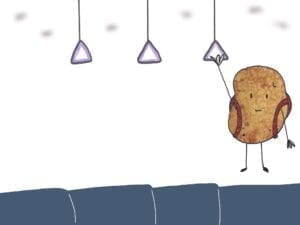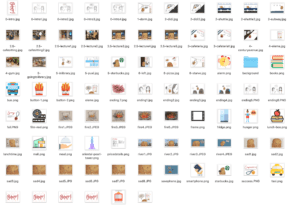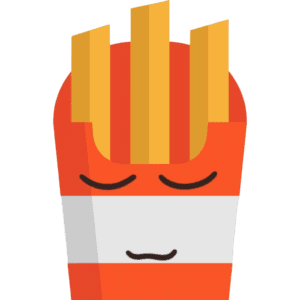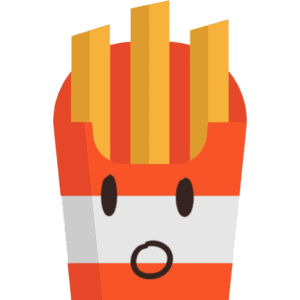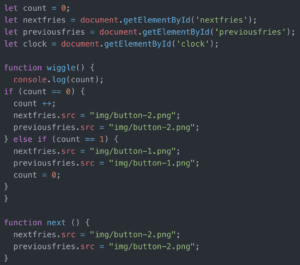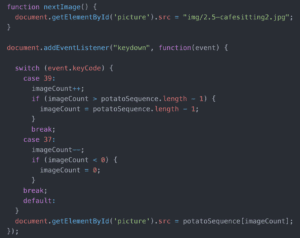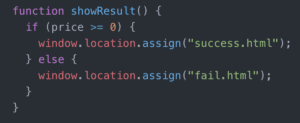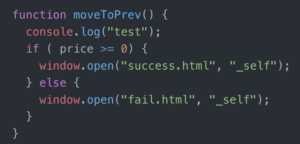Link: http://imanas.shanghai.nyu.edu/~sk7383/audio/audioProject/index.html
Description : The source of the inspiration for the project stems out from the “firework”. On the black screen, various fireworks appear as the user clicks on wherever they would like to. During the process, the progress bar, which is on the bottom of the screen, will fill up and if the bar gets full of color, they will see all different kinds of fireworks at once. However, the main focus was to create sounds of a firework on our own.
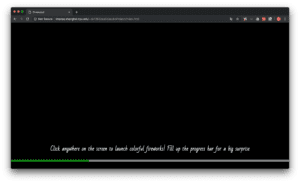
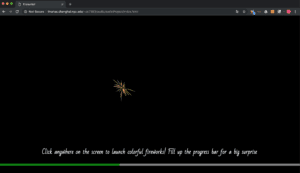
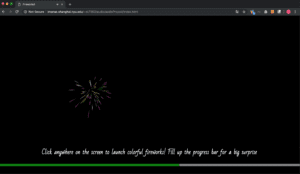
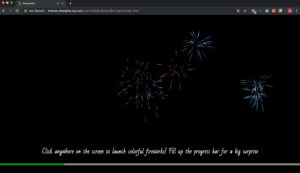
Process : In terms of division of labor, Jon mainly focused on coding(visuals) and I mainly worked on audios. But in the end, we worked on editing audios together. Since this project values more on audios, we decided to use an example code that Jon had found on the Internet for fireworks. Nonetheless, it still needed a lot of time for him to make appropriate for our use. For audios, I first made a list of sounds that might contribute to making the sound of fireworks: balloon pop, whistle, paper cracking, percussion, and so on. By using Blue Yeti and Tascam, I recorded sounds of paper, plastic bag cracking, hitting on the whiteboard, clapping, and even using my laptop charger. For the rest of the sounds, I mainly downloaded from ‘freesound.org’ or converted Youtube videos into audio files.
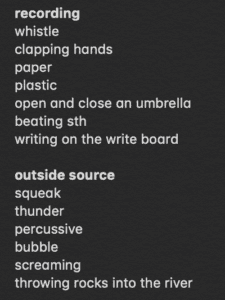
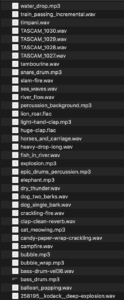
While working on, I thought it would be more interesting if I do not use a sound that users can predict. Therefore, I decided to add sounds of animals, bubbles, and others and make them unique. For animals, I included the audio files of dog, cat, lion, and elephant. Some functions that I frequently used was fade out and change pitch. After working for the audios overall, I and Jon listened to them together and revised them based on suggestions. For example, at first, I created a big bomb-like sound to be quickly repeated twice; however, after receiving the feedback from my partner and professor, I agreed that it would be better if the sound had one big strike. Also, even for subtle changes for pitch, volume, and timing, I could easily figure out the better version through conversation.
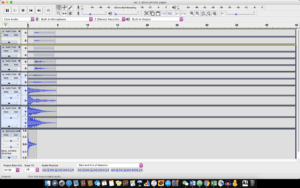
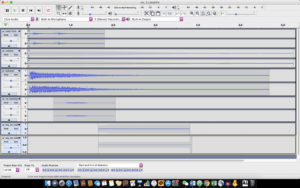
Post-Mortem : At first, Jon and I struggled with coming up with a project idea. However, since we have decided to work on fireworks, We quickly divided our roles and eventually made a result that we both are satisfied. Also, as my first time using recording equipment, it was a great experience for me to explore different kinds of tools. Furthermore, before I had started the project, I was not completely aware of the importance of audio and how much it is hard to create a single sound that could convey the appropriate ambiance or message to the audience. However, even though my recordings were relatively simple, coming up with the idea itself was really challenging. I hope to utilize more functions in Audacity and add my own recordings in my future project.
